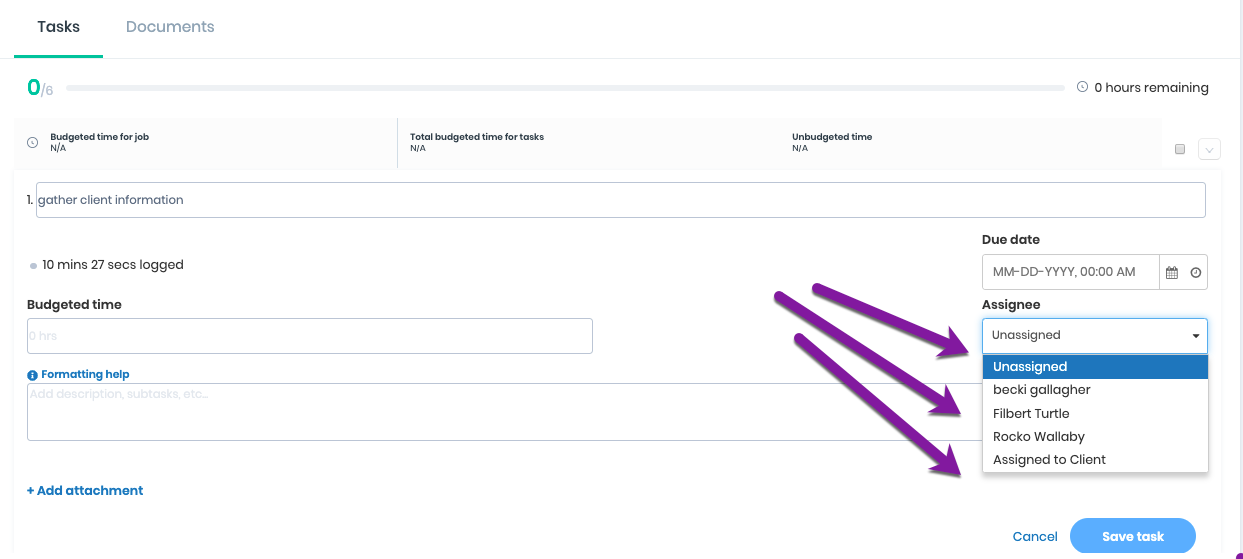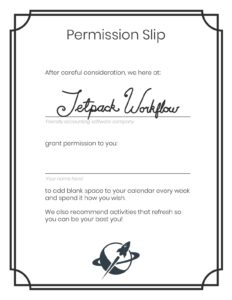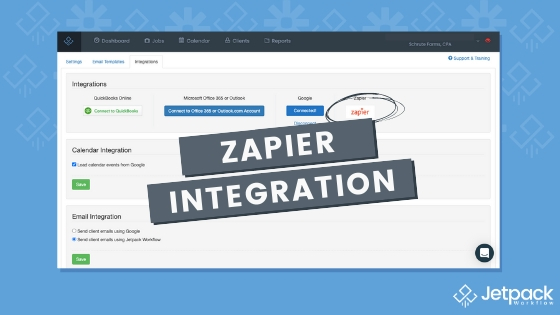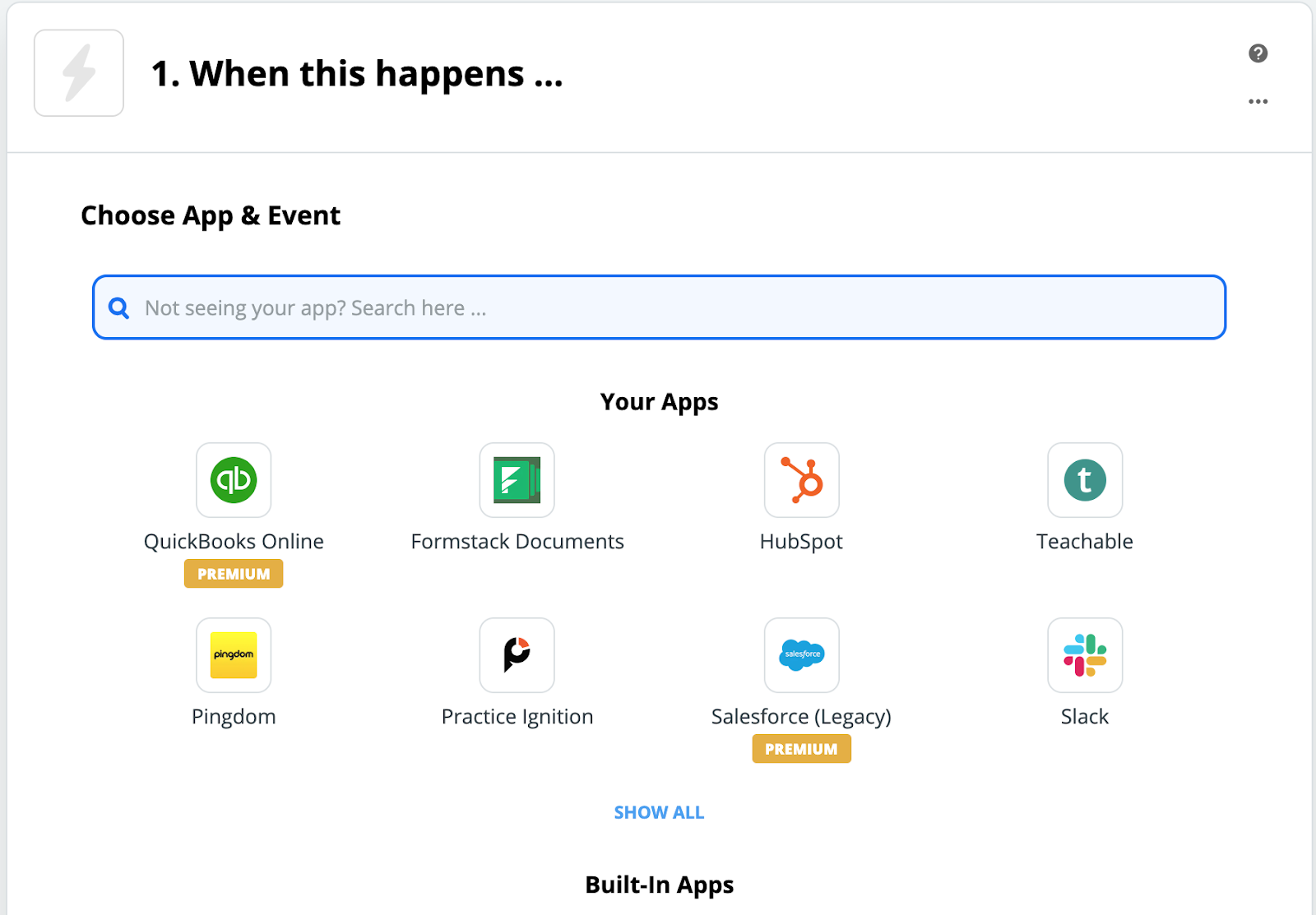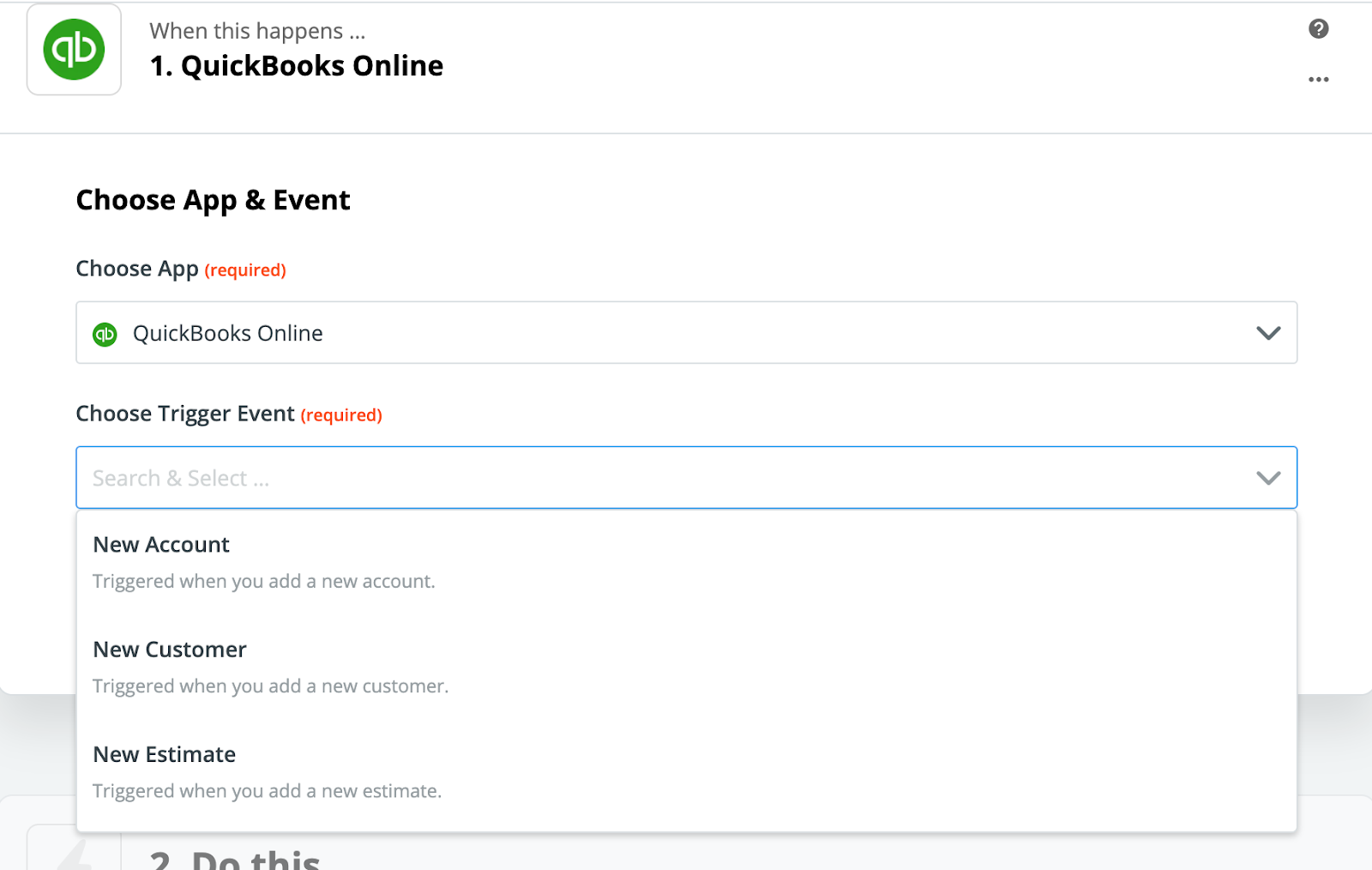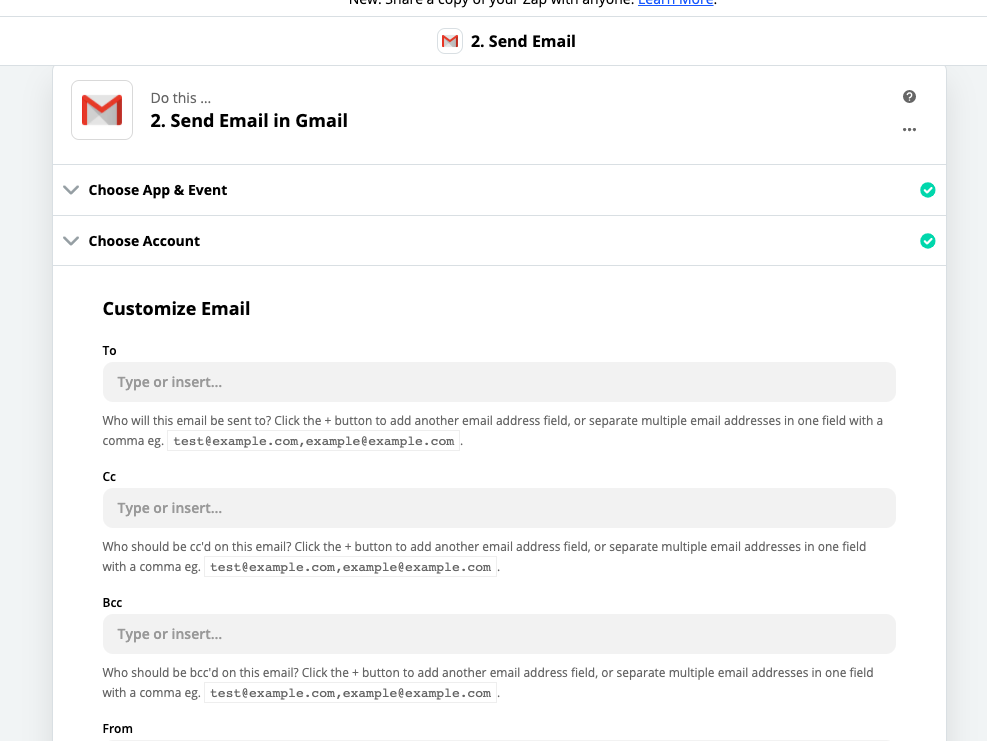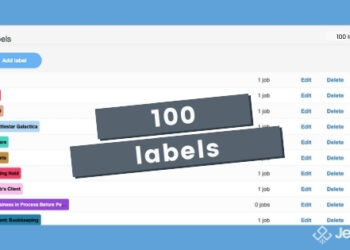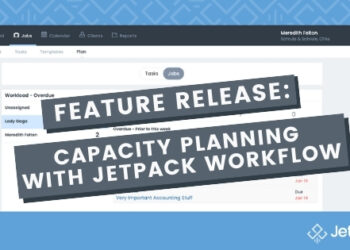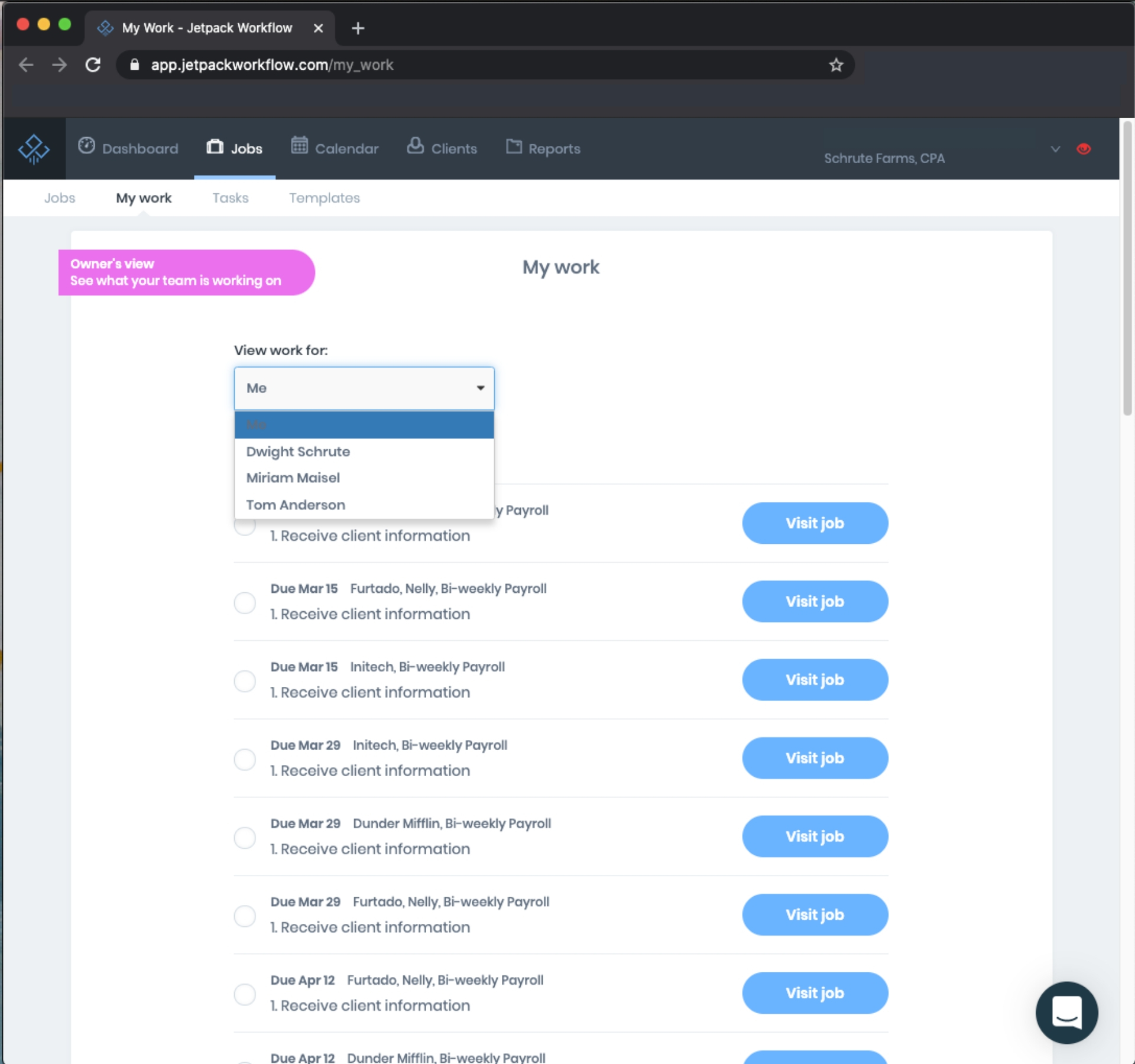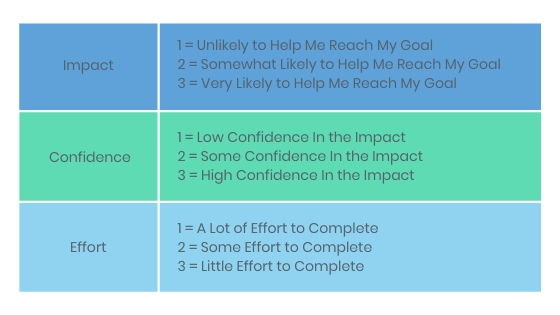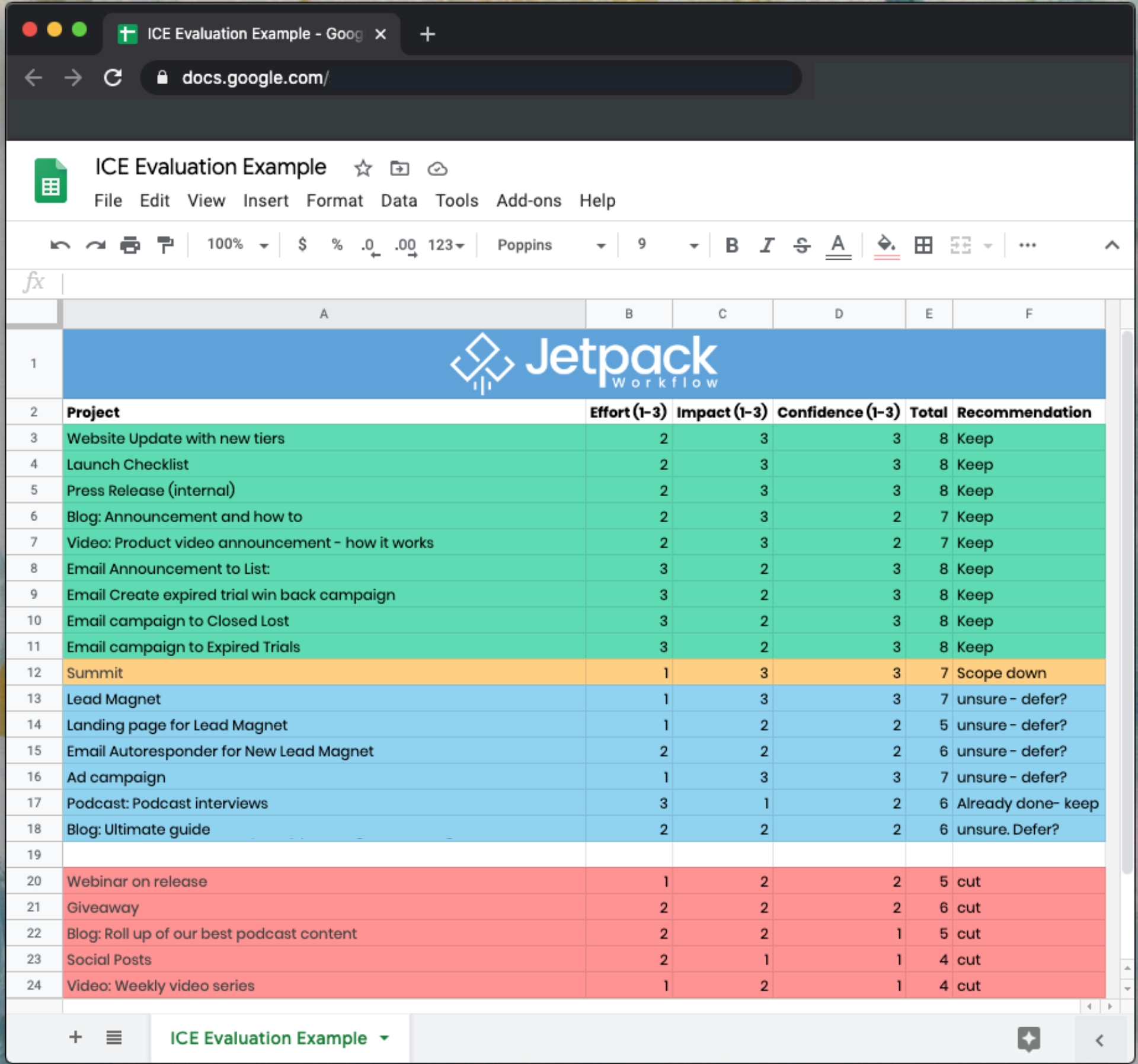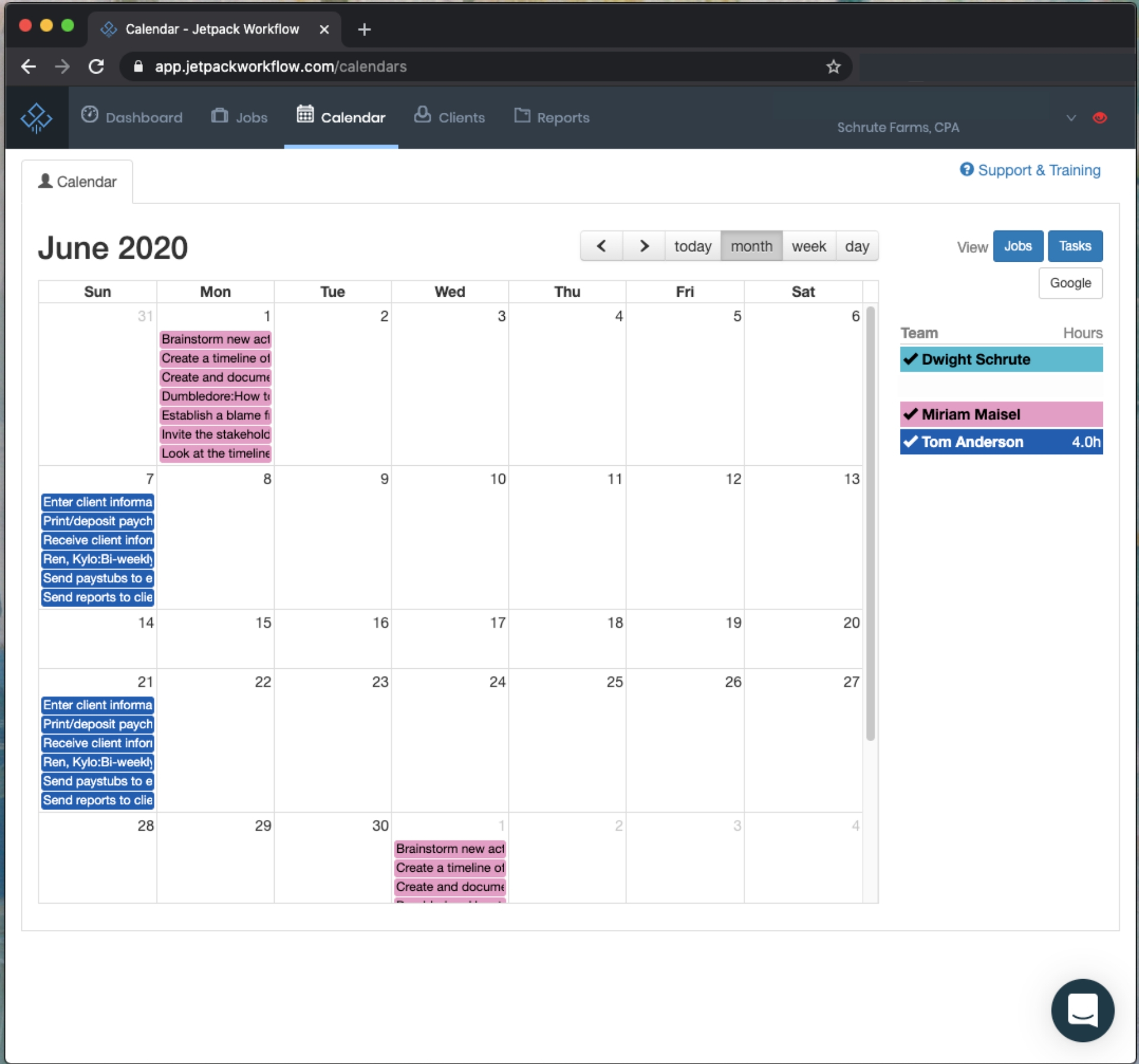From the Founder’s Desk: A Note About Recurrence and Review
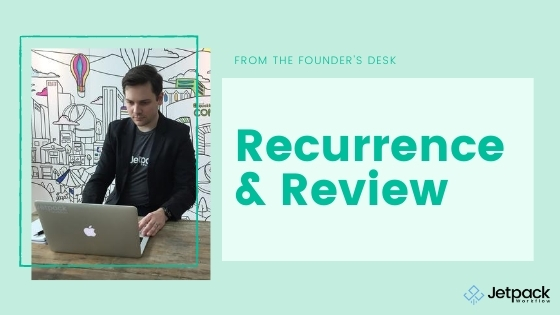
In response to our live webinar on Thursday, July 30, 2020 about our Recurrence feature in the app, many of our customers had questions that we wanted to spend some more time thoughtfully answering. Our CEO and Founder, David Cristello wanted to personally address the changes and your questions. Take a read below for the full message or jump to the bottom for direct links to additional information regarding the changes.
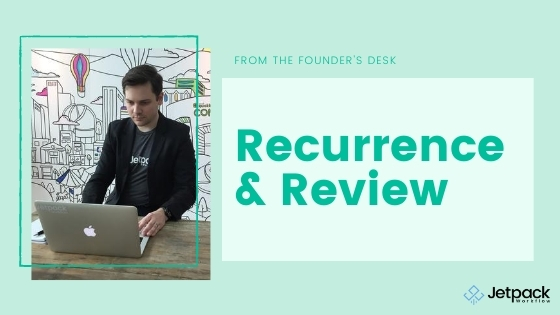
Thanks to all who attended our session. We know there are a lot of changes ahead, so I wanted to lay out our approach to the product.
What’s important is making sure you and your team deliver high-quality client work on time.
To give you a peek behind the curtain, we internally track a metric that shows us what percentage of all work gets done on time. We call this metric, Jobs Done on Time, or JDoT.
In our research, we saw that a major blocker to getting high quality work done on time was seeing “upcoming work.” This is feedback we received both from the community and when researching industry trends. Oftentimes, not knowing “what’s upcoming” destroys profitability and burns the owner out. Firm owners that track and measure “what’s upcoming” (which requires a lot of work) see impacts such as a 15% increase in margins (which was the case for the firm we highlighted, Nguyen Company & CPA).
To this end, we knew we needed to make sure that you can successfully do two things:
- See upcoming work.
- Ensure that all work is accounted for.
Why is Recurrence changing?
- Through our research, we found that a manager needs to be able to understand 3 critical questions to understand their firm. Those questions are:
- What’s Due?
- What’s Done?
- What’s Upcoming?
- By showing future work, we’ll be in a place to answer the question, “what’s upcoming?” We plan to release a new feature in Q4 that will help firms to manage their team’s workload. We hope that this makes organizing your workload easier and faster than ever before.
- There isn’t currently a single, great solution that guarantees that a firm is set up to be successful in monitoring future work (whether this week, this month, this quarter, etc.). We think the impact to your firm would be substantial here.
Where did the Review/Partner go?
For many of our firms, “Review” became a nebulous action. Sometimes it was listed as a “status.” Oftentimes, firms listed it as a “task” so they didn’t have to wait until the end of the job to conduct a review.
Reviewing work is real work. It takes your time, attention and effort to complete reviews. Oftentimes, it’s your final stamp of approval. But because it takes time, we decided that “Review” should be a task. This way, you can more effectively plan for what’s upcoming and make sure you, or your team, are not over- or under-booked for a given period.
Likewise with a Partner. We often found that a Partner was listed so they could do a Review. This created a conflict in the system, where real work (Review) wasn’t explicitly listed as assigned to an individual. This created over- or under-assigning teammates work, creating a lack of internal efficiency and a poor customer experience externally (in the event that a partner was overbooked – or best case scenario, had to constantly switch between multiple screens to understand what to work on). But in the end, the only way to truly track the work was to make sure it was a task that was assigned to someone.
What are the next steps for Jetpack Workflow?
Ultimately, we believe that one of the best productivity tools ever created was the “digital calendar.” Your Outlook or Google calendar is a staple of managing your work, and we plan to make recurrence work and feel more like your calendar. If you update a job, we’ll ask you, “Do you want to change all jobs, or just this one?” This gives you the flexibility to customize a job or to roll changes into a series of jobs quickly.
In terms of Reviews, we are thinking through advanced workflow solutions that flow through the task list rather than outside of the task list. This could include ways to prevent other users from completing a task other than the user assigned or trigger different statuses depending on the task.
Finally, we have a new view coming out in Q4. This view will help you to quickly understand and organize your and/or your team’s workload.
Over the last year, you’ve seen a handful of updates (the most recent being our Zapier integration, which connects Jetpack Workflow with 2,000+ apps). As listed above, we’re continuing to invest heavily back into the product.
What are the next steps for me?
We know that these are some big shifts. We know that in the middle of a crazy year, another change can create more stress. With this in mind, we’ve prepared the following resources for you and your team:
- Attend a best practice webinar.
- Schedule a time to meet with your account manager.
- Review our presentation on “Why Recurrence” and “live FAQ + how it works”
- Not seeing a resource you need? Send us an email, and we’ll do our best to help.
I know we’re asking a lot of you and of your firm. I would only, humbly, ask for you to test out the changes for 60 days. If the change has been amazing for your firm, let us know. If it hasn’t, let us know that too. We’re here to help you and your firm, and we seriously value your feedback and input.
Thank you again for taking the time to read through our explanation, and we appreciate your thoughts and feedback.
All the best,
David
Additional Resources and Links
Watch the full replay of the 7/30/2020 Recurrence webinar.
- Review David’s slides from the webinar.
- Review John’s slides from the webinar.
- Review the FAQ document for more information on Recurrence.










